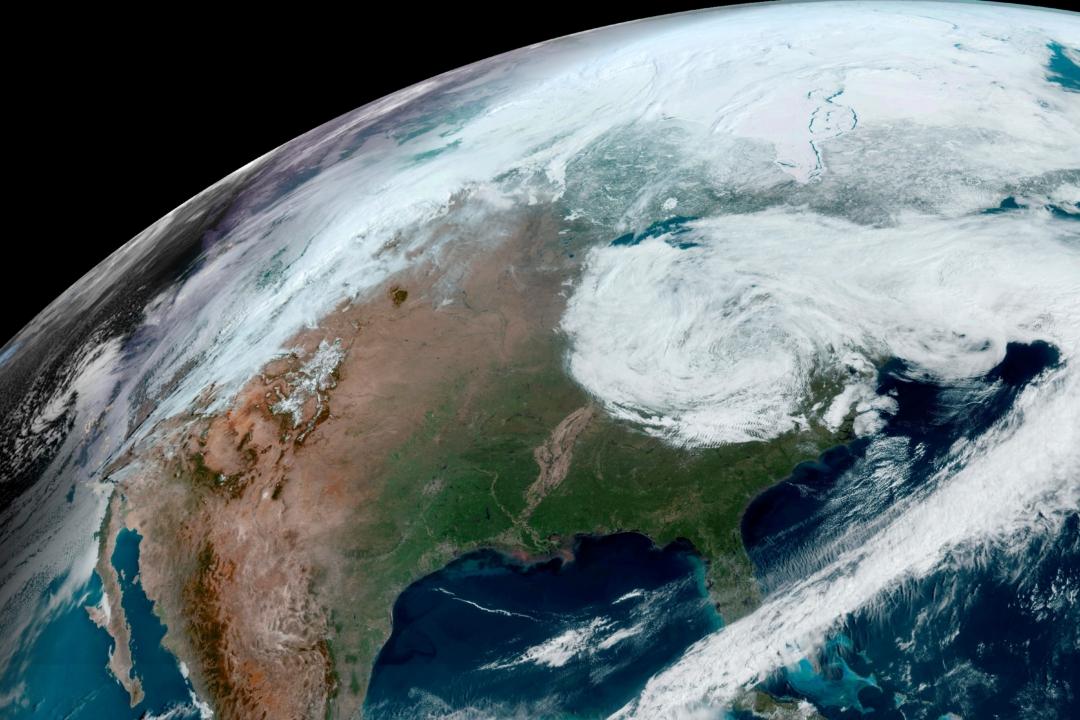Lake Mead and the Colorado River Basin, which provide 90 percent of the water for Southern Nevada and Las Vegas, are going dry.
As a result of depleting water levels during the drought, the Bureau of Reclamation cut Southern Nevada’s water allocation by 7 billion gallons last January. In January 2023, it’ll cut an additional 1.1 billion gallons.





